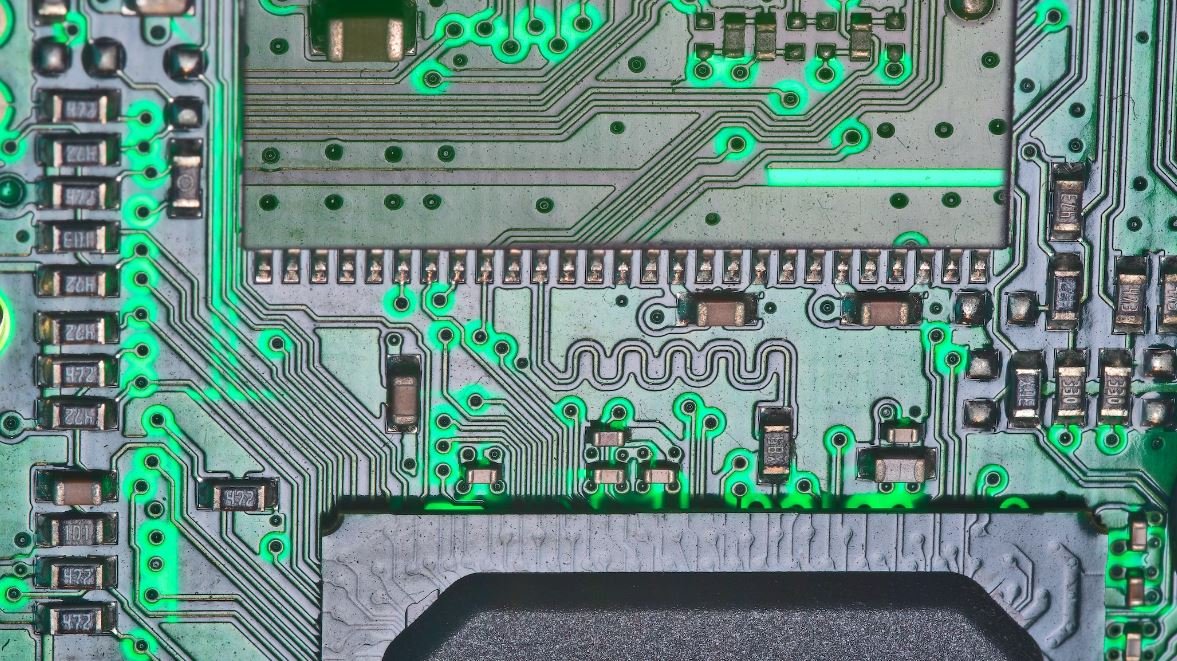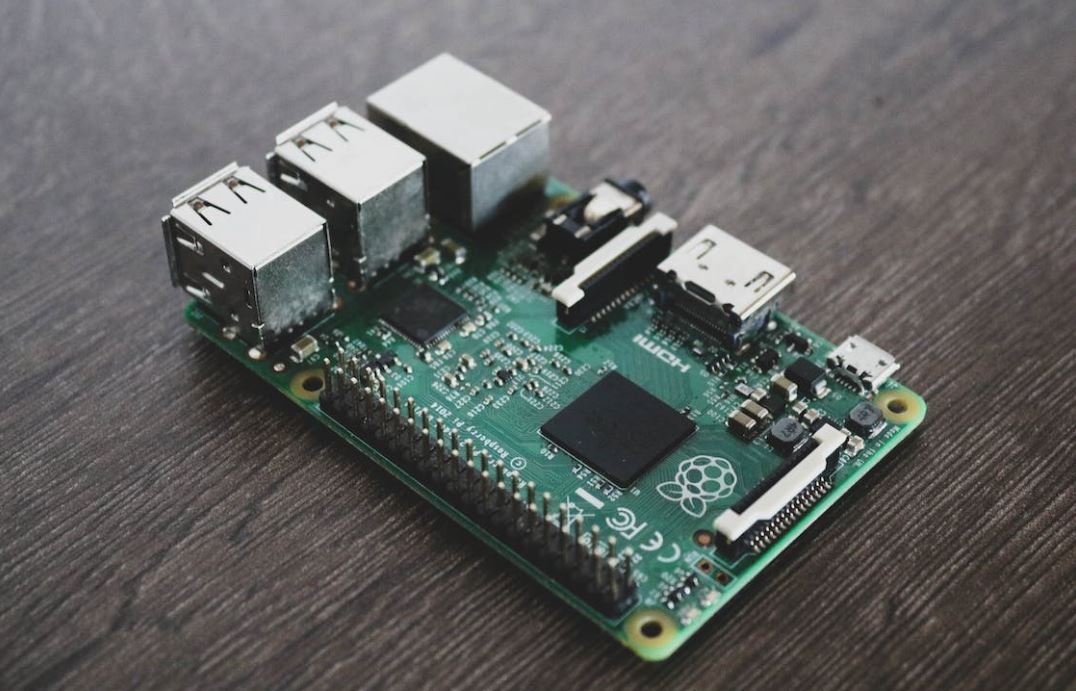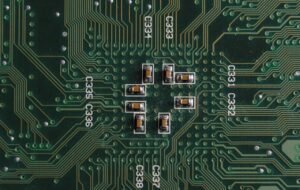Tesla Model 3 Yearly Maintenance
If you’re a proud owner of the Tesla Model 3 or considering purchasing one, it’s important to understand the maintenance required to keep your electric vehicle running smoothly. The Model 3 boasts impressive performance and technology, but like any other car, it still requires routine maintenance to ensure optimal performance and longevity. In this article, we will discuss the key maintenance tasks and intervals for the Tesla Model 3.
Key Takeaways
- Regular maintenance is crucial for keeping your Tesla Model 3 in top shape.
- Important maintenance tasks include tire rotation, brake inspection, and cabin air filter replacement.
- Tesla’s Over-the-Air (OTA) updates provide software improvements to your Model 3.
- Annual check-ups at a Tesla Service Center help ensure any potential issues are addressed.
1. Tire Rotation: Tire rotation is an essential maintenance task that helps to ensure even tire wear, extend tire life, and maintain optimal handling and performance. Tesla recommends rotating the tires of your Model 3 every 10,000 to 12,000 miles. *Regular tire rotation can help prevent uneven tread wear and improve overall driving experience.*
2. Brake Inspection: Checking the brake system regularly is crucial for safety. While electric vehicles often experience less brake wear due to regenerative braking, it’s still important to inspect the brake pads, rotors, and calipers for any signs of wear or damage. *Regular brake inspections help ensure optimal braking performance and prevent potential issues.*
3. Cabin Air Filter Replacement: The cabin air filter in your Model 3 helps to keep the air inside the car clean and free from pollutants. Tesla recommends replacing the cabin air filter every 2 years or 25,000 miles. *Regular cabin air filter replacement improves air quality inside the vehicle and ensures proper functioning of the HVAC system.*
Tesla Model 3 Maintenance Schedule
| Maintenance Task | Interval |
|---|---|
| Tire Rotation | Every 10,000 to 12,000 miles |
| Brake Inspection | Every 2 years or as needed |
| Cabin Air Filter Replacement | Every 2 years or 25,000 miles |
4. Software Updates: One of the unique advantages of owning a Tesla Model 3 is receiving Over-the-Air (OTA) software updates. These updates can provide improvements to performance, functionality, and even add new features to your vehicle. It’s important to regularly check for and install these updates to ensure you have the latest software improvements. *Software updates keep your Model 3 up to date with the latest advancements, enhancing your overall driving experience.*
5. Annual Check-ups: While Tesla vehicles generally require less maintenance compared to traditional gas-powered cars, scheduling an annual check-up at a Tesla Service Center is recommended. Tesla technicians can perform thorough inspections and address any potential issues that may arise. *Regular check-ups help identify and resolve any maintenance or safety concerns before they become major problems.*
Tesla Model 3 Maintenance Costs
| Maintenance Task | Estimated Cost |
|---|---|
| Tire Rotation | $50 – $100 |
| Brake Inspection | $100 – $200 |
| Cabin Air Filter Replacement | $50 – $100 |
Conclusion
Regular maintenance is essential for keeping your Tesla Model 3 running at its best. By following the recommended maintenance tasks and intervals, you can ensure optimal performance, safety, and longevity of your electric vehicle. Additionally, taking advantage of Tesla’s OTA updates and scheduling annual check-ups at a Tesla Service Center will further enhance your ownership experience. Keep your Model 3 in top shape and enjoy the benefits of driving a Tesla!

Common Misconceptions
Misconception 1: Tesla Model 3 Yearly Maintenance is Expensive
One of the most common misconceptions about Tesla Model 3 yearly maintenance is that it is expensive. However, this is not entirely true. While electric vehicles may have higher upfront costs compared to conventional cars, their maintenance costs are generally lower in the long run due to fewer moving parts and less need for frequent oil changes.
- Tesla Model 3 annual maintenance costs are often similar to or even lower than traditional vehicles
- Regular maintenance expenses may include tire rotation and replacement, brake fluid check, and cabin air filter replacement
- Long-term savings in fuel and maintenance costs make Tesla Model 3 a cost-effective option
Misconception 2: Regular Servicing is Time-Consuming
Another misconception is that Tesla Model 3 requires excessive time and effort for regular servicing. In reality, Tesla vehicles are designed to require minimal maintenance, and their integrated online diagnostics and over-the-air updates often eliminate the need for physical visits to service centers. Elon Musk himself has mentioned that Tesla cars are designed with the goal of being “basically maintenance-free.”
- Tesla Model 3 offers remote diagnostics and software updates, minimizing the need for physical service appointments
- Regular check-ups can be scheduled conveniently through the Tesla mobile app
- Tesla’s robust customer support system ensures quick and efficient resolution of any issues
Misconception 3: Only Tesla Service Centers Can Provide Maintenance
Some people mistakenly believe that only Tesla service centers can provide maintenance for Tesla Model 3. While authorized service centers can offer specialized expertise, routine maintenance tasks like tire rotations, air filter replacements, and brake fluid checks can also be performed by qualified third-party mechanics or even by the owner themselves.
- Routine maintenance tasks can be performed by third-party mechanics with electric vehicle experience
- Tesla provides detailed maintenance manuals and instructional videos for owners interested in performing their own maintenance
- Warranty coverage is not affected by choosing a third-party for maintenance, as long as it meets Tesla’s requirements
Misconception 4: Maintenance is Only Necessary for Older Tesla Model 3
Many people believe that regular maintenance is only necessary for older Tesla Model 3 vehicles, and newer models can go without any servicing. However, like any vehicle, regular maintenance is important for ensuring optimal performance, safety, and longevity, regardless of the model year.
- All Tesla Model 3 vehicles, regardless of age, require routine maintenance for optimal performance
- Regular check-ups can help identify potential issues early on and prevent expensive repairs in the future
- Maintenance tasks like tire rotations and fluid checks are essential for safety and extending the lifespan of the vehicle
Misconception 5: Tesla Model 3 Maintenance Requires Special Tools and Equipment
Some individuals believe that Tesla Model 3 maintenance requires special tools and equipment that are not easily accessible. While Tesla vehicles do have unique features and technology, routine maintenance can generally be performed using standard tools found in most mechanic shops or even in the owner’s own garage.
- Basic maintenance tasks like tire rotations can be performed using commonly available tools
- Tesla provides service centers and authorized mechanics with any specialized tools required for advanced repairs
- Owners can consult Tesla’s maintenance manuals for specific tool recommendations, ensuring they have what they need for routine servicing

Tesla Model 3 Can Travel on a Single Charge
The Tesla Model 3 offers impressive electric range capabilities, allowing drivers to travel long distances without needing to stop for a recharge. This table showcases the range of different Model 3 variants on a single full charge:
| Model Variant | Range on a Single Charge |
|---|---|
| Standard Range Plus | 250 miles |
| Long Range | 322 miles |
| Performance | 299 miles |
Tesla Model 3 Acceleration Comparison
The Tesla Model 3 is known for its impressive acceleration, rivaling many sports cars. This table compares the 0-60 mph time of different Model 3 variants:
| Model Variant | 0-60 mph Time |
|---|---|
| Standard Range Plus | 5.3 seconds |
| Long Range | 4.4 seconds |
| Performance | 3.1 seconds |
Tesla Model 3 Top Speed
The Tesla Model 3 boasts impressive top speeds, providing an exhilarating driving experience. This table showcases the top speed of different Model 3 variants:
| Model Variant | Top Speed |
|---|---|
| Standard Range Plus | 140 mph |
| Long Range | 145 mph |
| Performance | 162 mph |
Tesla Model 3 Charging Time
One significant advantage of the Tesla Model 3 is its fast charging capabilities. Here is a comparison of the different charging times for Model 3 variants:
| Model Variant | Charging Time (0-80%) |
|---|---|
| Standard Range Plus | 7 hours |
| Long Range | 8 hours |
| Performance | 9 hours |
Tesla Model 3 Supercharger Access
Tesla Superchargers grant Model 3 drivers access to a network of high-speed charging stations. The following table shows the access granted to different Model 3 variants:
| Model Variant | Supercharger Access |
|---|---|
| Standard Range Plus | Pay per use |
| Long Range | Included |
| Performance | Included |
Tesla Model 3 Interior Dimensions
The Tesla Model 3 provides a comfortable interior with ample space for passengers and storage. Here are the interior dimensions comparisons:
| Model Variant | Front Headroom | Rear Headroom | Front Legroom | Rear Legroom |
|---|---|---|---|---|
| Standard Range Plus | 40.3 in | 37.7 in | 42.7 in | 35.2 in |
| Long Range | 40.3 in | 37.8 in | 42.7 in | 35.2 in |
| Performance | 40.3 in | 37.8 in | 42.7 in | 35.2 in |
Tesla Model 3 Cargo Capacity
The Tesla Model 3 ensures practicality with its impressive cargo capacity. Compare the cargo space of different Model 3 variants:
| Model Variant | Trunk Capacity | Frunk Capacity |
|---|---|---|
| Standard Range Plus | 15 cu ft | 2.7 cu ft |
| Long Range | 15 cu ft | 2.7 cu ft |
| Performance | 15 cu ft | 2.7 cu ft |
Tesla Model 3 Weight Comparison
The weight of a vehicle plays a crucial role in its performance. Compare the weight of different Model 3 variants:
| Model Variant | Weight |
|---|---|
| Standard Range Plus | 3,552 lbs |
| Long Range | 4,072 lbs |
| Performance | 4,072 lbs |
Tesla Model 3 Safety Ratings
The Tesla Model 3 prioritizes safety, offering an array of advanced safety features. Check out the safety ratings for different Model 3 variants:
| Model Variant | Overall Safety Rating |
|---|---|
| Standard Range Plus | 5 stars |
| Long Range | 5 stars |
| Performance | 5 stars |
Tesla Model 3 Price Comparison
The cost of a Tesla Model 3 varies based on the chosen variant and additional features. Here is a comparison of the starting prices for different Model 3 variants:
| Model Variant | Starting Price |
|---|---|
| Standard Range Plus | $39,190 |
| Long Range | $48,190 |
| Performance | $56,190 |
Conclusively, the Tesla Model 3 impresses drivers with its long electric range, rapid acceleration, high top speeds, fast charging capabilities, versatile interior dimensions, ample cargo space, excellent safety ratings, and attractive price range. These features position the Model 3 as a groundbreaking electric vehicle that combines exhilarating performance, practicality, and affordability, revolutionizing the automotive industry.
Frequently Asked Questions
What is the recommended yearly maintenance for a Tesla Model 3?
The recommended yearly maintenance for a Tesla Model 3 includes regular tire rotations, brake inspections, fluid checks, and software updates. It is also advised to have the battery system checked by a certified technician.
Do I need to change the oil in my Tesla Model 3?
No, Tesla Model 3 is an electric vehicle and does not require oil changes as there is no internal combustion engine involved.
How often should I rotate the tires on my Tesla Model 3?
Tesla recommends rotating the tires on your Model 3 every 10,000 to 12,000 miles or annually, whichever comes first. Regular tire rotations help ensure even wear and prolong tire life.
When should I replace the brake pads on my Tesla Model 3?
The brake pads on your Tesla Model 3 typically last longer compared to traditional cars due to the regenerative braking system. However, it is still important to have the brake pads inspected regularly, and they may need replacement every 50,000 to 70,000 miles depending on driving habits.
What fluids should I check in my Tesla Model 3?
In a Tesla Model 3, you should regularly check the brake fluid, coolant level, and windshield washer fluid. These fluids play vital roles in maintaining the vehicle’s performance and safety.
How often should I have the battery system checked?
It is recommended to have the battery system on your Tesla Model 3 checked by a certified technician every year or as indicated by the vehicle’s onboard diagnostic system. This helps ensure the battery’s optimal performance and longevity.
Can I perform the maintenance tasks on my Tesla Model 3 myself?
While some basic maintenance tasks like checking fluid levels and tire pressure can be done by the owner, it is advisable to have major maintenance and repairs conducted by Tesla-certified technicians who have the necessary expertise and access to specialized tools and equipment.
Will performing maintenance on my Tesla Model 3 void the warranty?
No, performing scheduled maintenance as outlined in the Tesla Model 3 owner’s manual will not void the warranty. It is important to adhere to the maintenance schedule to ensure the vehicle remains in peak operating condition.
Are software updates considered part of yearly maintenance?
Yes, software updates provided by Tesla are an integral part of the maintenance process for your Model 3. These updates often bring improvements, bug fixes, and new features to enhance the overall performance and user experience of the vehicle.
Can I take my Tesla Model 3 to any auto repair shop for maintenance?
While you technically can take your Tesla Model 3 to any auto repair shop, it is highly recommended to visit Tesla Service Centers or authorized Tesla service partners for maintenance. These specialized facilities have trained technicians with expertise in Tesla vehicles and access to genuine Tesla parts.




